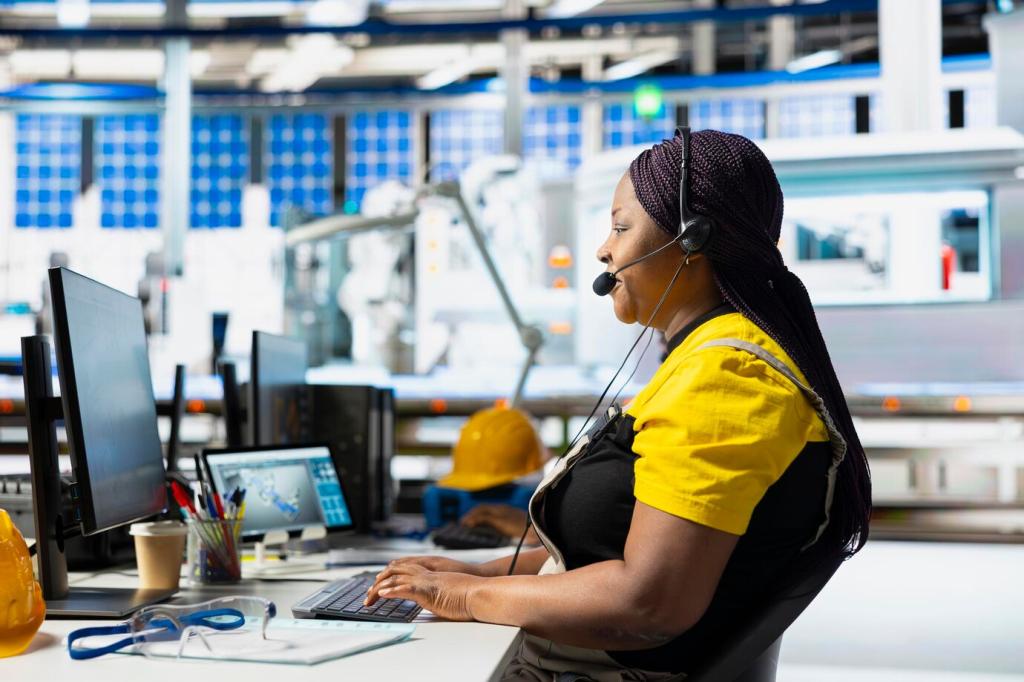Seamless Integration with Production Lines
Start with a heat cascade: identify temperature levels, duty cycles, and pinch points. Align bioenergy outputs—low-pressure steam, hot water, or hot air—to the right steps, minimizing auxiliary fuel and maximizing valuable heat recovery.
Seamless Integration with Production Lines
Modern PLCs balance moisture variability, combustion air, and digester retention times. Redundant fuel feeds and buffer tanks smooth fluctuations. Share your control challenges below, and we’ll suggest proven settings others used to stabilize operations.





